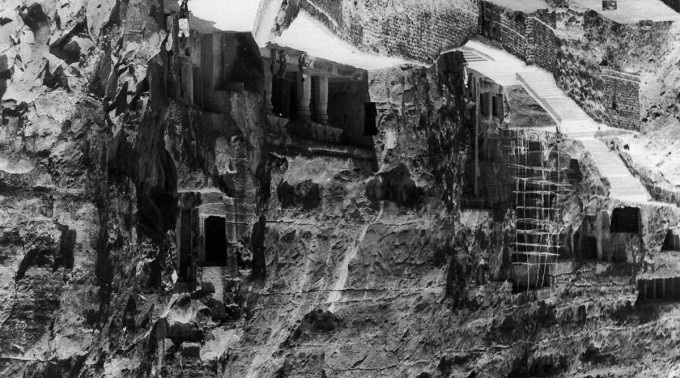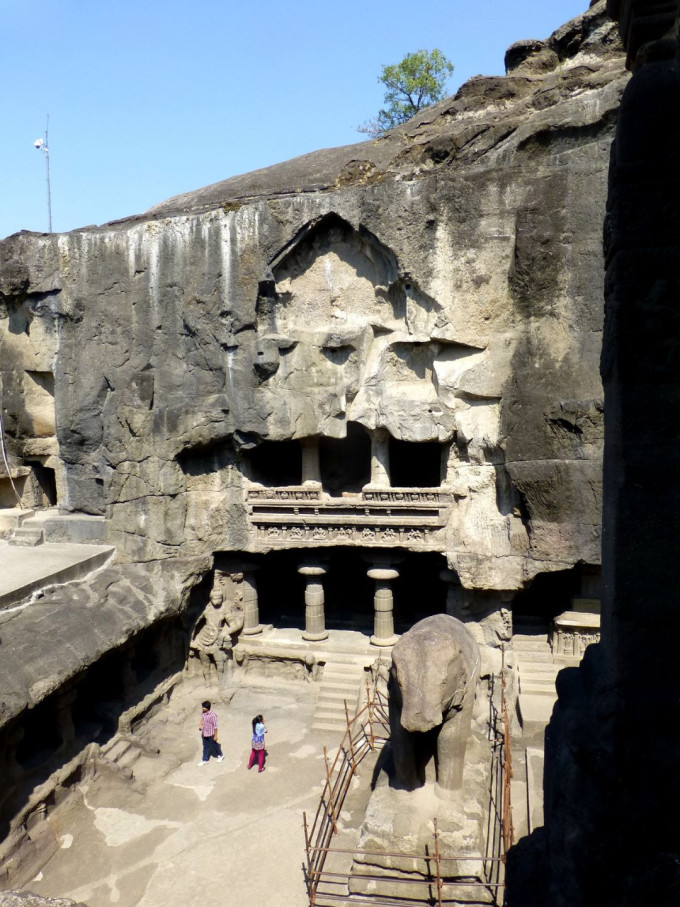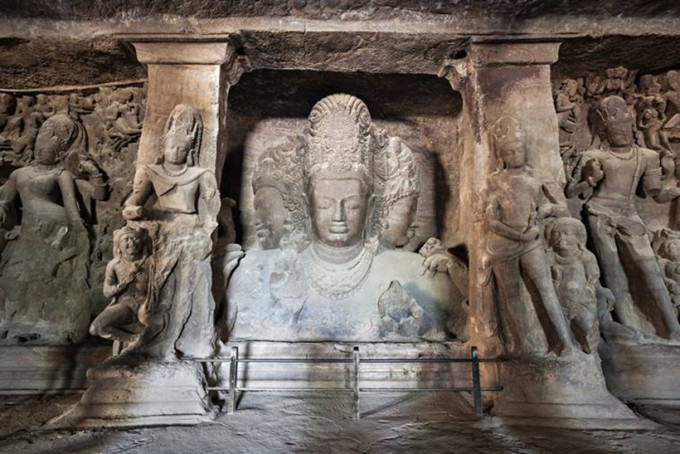World Heritage Day 2024: Explore some of the most architecturally significant caves in India
World Heritage Day, also known as the International Monuments and Sites Day, is observed on 18 April every year to celebrate some of the world’s most unique and stunning architectural masterpieces.
Several historic monuments and sites present in India are in dire need of preservation, to keep the cultural heritage intact. On this day, several organisations, societies, governments, and individuals come together to advocate the preservation of these marvels and increase public awareness about their significance.

When we talk about historical structures, we often think of elaborate monuments and temples that boast of resplendent architecture and intricate detailing. However, we often forget the significance of ancient caves.
India is home to several of some of the most fascinating and historically rich cave complexes, many of which have been designated as UNESCO World Heritage Sites. These caves offer a unique glimpse into ancient cultures, religious practices, and remarkable architectural feats. Here are some interesting facts about these structures.
Ajanta Caves
 A view of Ajanta Caves. (Express archive photo)
A view of Ajanta Caves. (Express archive photo)
A masterpiece of Buddhist art, Ajanta caves are located in Maharashtra and are renowned for their exquisite Buddhist rock-cut cave monuments. These caves date back to the 2nd century BCE and were created as retreats for Buddhist monks.
It is believed that these Buddhist monks took shelter in these caves during monsoons as they were forbidden from travelling during this period of the year. While living in the caves they spent their time and effort painting the walls of the caves, depicting Buddhist legends, scenes from daily life, and ornate sculptures of deities.
The caves not only feature some of the most awe-inspiring paintings giving a glimpse of Buddhist beliefs, but also contain mound-like structures called stupas as well as large pillars.
However, what’s worth noting is that Buddha had always preached against sculpting and painting images of him. He explained that the purpose of living life is to work towards achieving nirvana.
Ellora Caves
 Cave 16 or the Kailasa Temple is dedicated to Lord Shiva (Source: Express Archives)
Cave 16 or the Kailasa Temple is dedicated to Lord Shiva (Source: Express Archives)
The Ellora Caves are also situated in Maharashtra and are a remarkable fusion of Buddhist, Hindu, and Jain monuments.
These caves were carved out of solid rock between the 6th and 10th centuries CE. The site includes 34 caves featuring stunning sculptures and intricately detailed architecture.
The Kailash Temple in Ellora, carved from a single rock and dedicated to Lord Shiva, particularly attracts visitors from all over the world due to its sheer size and intricate detailing.
Another significant structure within the complex is cave 10, or the Vishvakarma cave, which consists of some of the most exquisite Buddhist sculptures.
Cave 32 is known for its significance within the Jain community as it depicts some of the most important principles of the religion such as non-violence and simplicity in life. It is a series of shrines dedicated to Mahavira and other Jain divinities spanning over two storeys. The sculptures also depict scenes from the lives of Jain Tirthankaras.
Elephanta Caves
 Elephanta Island caves near Mumbai in Maharashtra state, India
Elephanta Island caves near Mumbai in Maharashtra state, India
Another architecturally significant cave complex situated in Maharashtra, Elephanta caves are just a short boat ride from Mumbai.
This site features a collection of rock-cut temples dedicated to Lord Shiva. These caves, dating back to the 5th century CE, are situated on Elephanta Island and are famous for their colossal sculptures.
What’s worth noting is that the island on which Elephanta Caves are situated was originally called Gharapuri. However, after the Portuguese conquered the region, they renamed it as Elephanta, as they erected a large stone elephant on the island.
The most notable among the network of caves is the Trimurti, a massive three-headed statue representing the aspects of Shiva as the highest form of God in Hinduism fulfilling the roles of a creator, preserver, and destroyer.
Varaha Cave Temple
View this post on Instagram
A post shared by @st_emiliano
In the coastal town of Mahabalipuram in Tamil Nadu stands the Varaha Cave Temple, a UNESCO-listed monument carved out of a single rock in the 7th century CE.
One of the best examples of the creativity and intricacy of ancient Pallava architecture and sculpture, this cave temple is adorned with intricate bas-relief sculptures depicting various forms of Lord Vishnu, including his avatar or incarnation as Varaha (boar) to save Goddess Earth.
The detailing and craftsmanship of the sculptures stand as evidence of the artistic mastery of ancient Indian artisans and sculptors.
Krishna Mandapam
View this post on Instagram
A post shared by Spandana Harish (@spandanaharish)
Another significant UNESCO World Heritage site in the Southern part of India is the Krishna Mandapam in Mahabalipuram. Located on the Coromandel Coast of the Bay of Bengal, in the Kancheepuram district, it is another rock-cut cave temple featuring some of the most awe-inspiring bas relief sculptures, protected by the Archaeological Survey of India (ASI).
Dedicated to Lord Krishna, this cave temple features beautiful bas-reliefs depicting scenes from Hindu mythology, including well-known tales of Lord Krishna lifting the Govardhan Hill.
There are other images in the cave that include Lord Krishna in a playful mood with the gopis or milkmaids, carrying water pots on their heads, and several other scenes from the Hindu mythology.
Disclaimer: The copyright of this article belongs to the original author. Reposting this article is solely for the purpose of information dissemination and does not constitute any investment advice. If there is any infringement, please contact us immediately. We will make corrections or deletions as necessary. Thank you.





